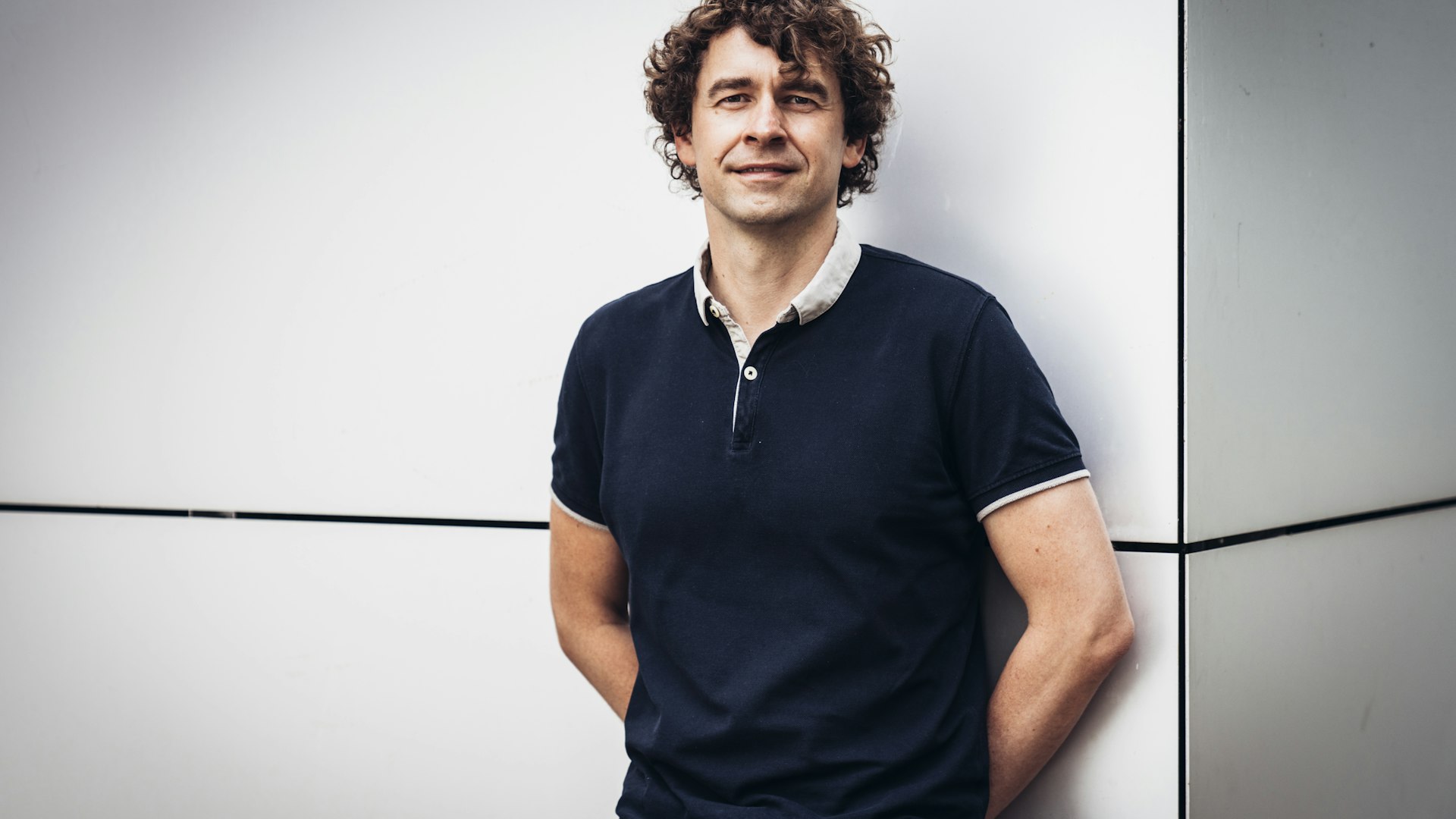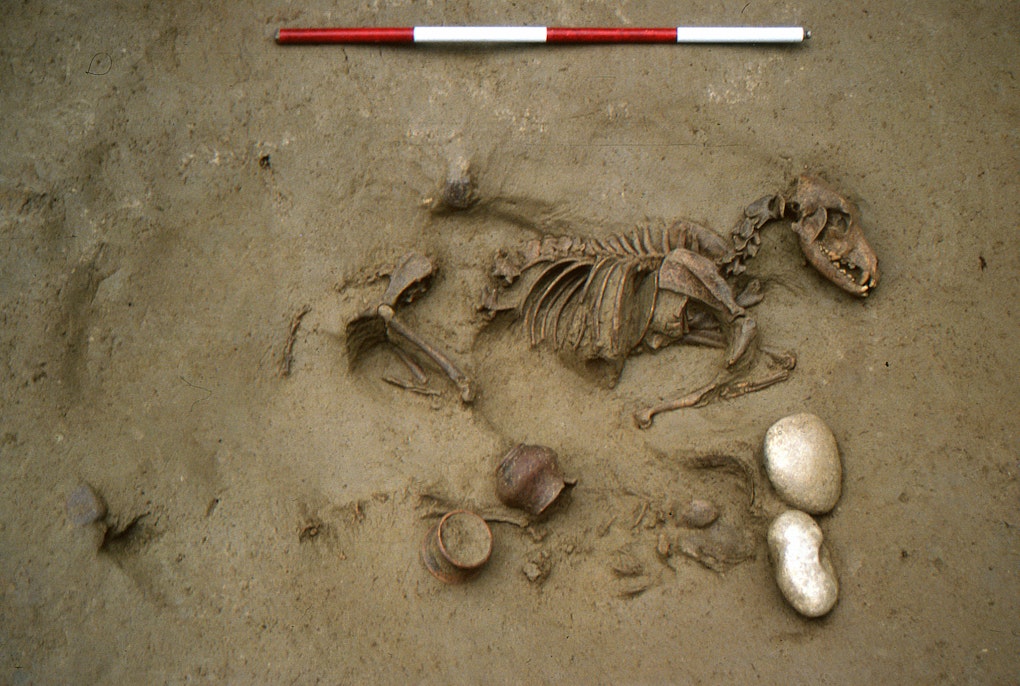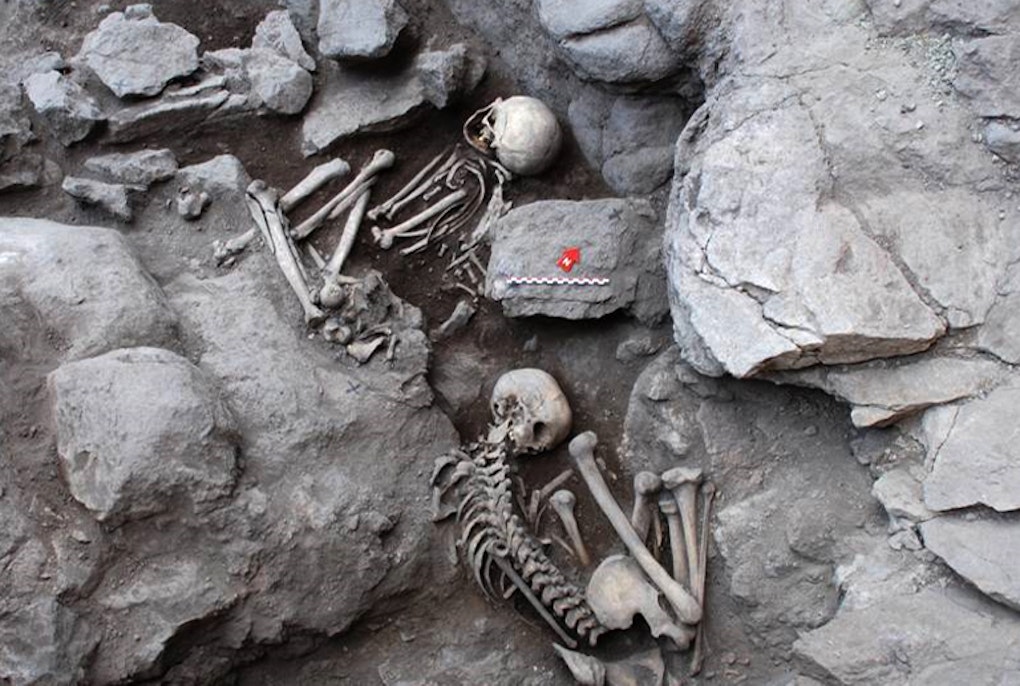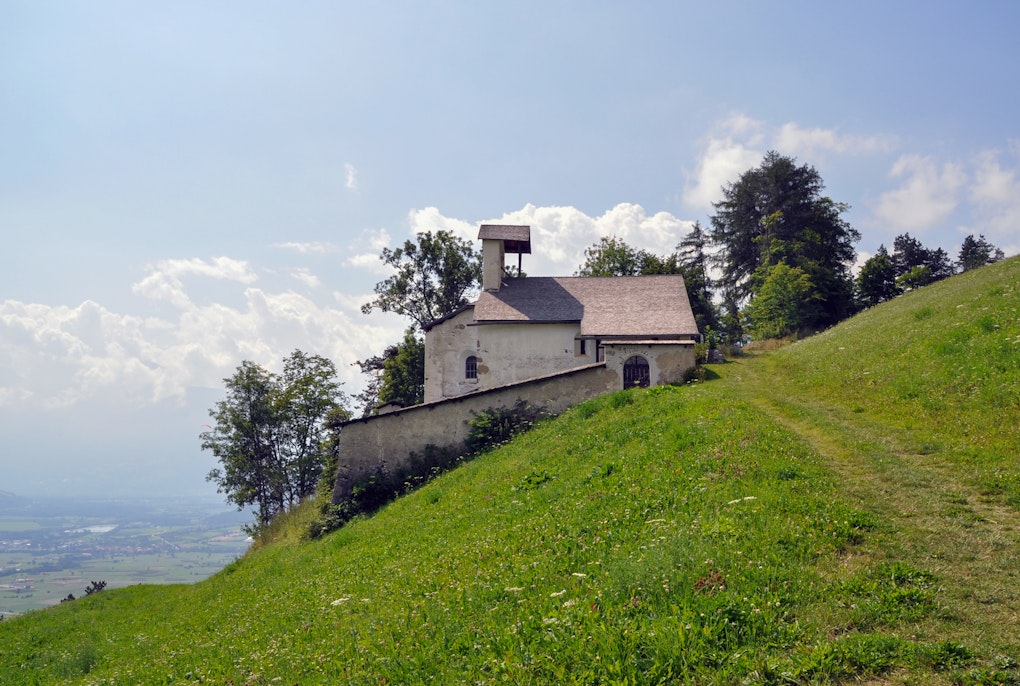magazine_ Interview
"We are creating the family tree of human history."
An interview with the archaeogeneticist Johannes Krause
As an archaeogeneticist, Johannes Krause examines ancient DNA from archaeological finds and compares it with genomes from modern times. From this, conclusions can be drawn not only about the evolution of mankind, but also about the pathogens that have always affected us. Here he shares his findings on Ötzi's ancestors and present-day relatives, the plague as a bioweapon, and the benefits of his research for modern medicine.
Prof. Krause, as an archaeogeneticist, what do you have over an archaeologist?
Krause: (laughs) Well, that sounds a bit like I have more to offer than the archaeologist. That's not the case. Both contribute with specific discipline to enable a better understanding of our past. An archaeologist analyzes the find in its entirety, including tools and clothing, and then puts everything into context. As an archaeogeneticist, I create a genetic blueprint of human remains. From this, conclusions can not only be drawn about the appearance of the individual on the one hand, but also about their origin and possible relationships with populations at that time and today. Often, we also succeed in reconstructing the genetic blueprint of pathogens - bacteria or viruses that were present in such an individual. This helps learn more about current disease patterns by comparing them to those of the past.
Archaeological findings prove that Europeans have origins and ancient ancestors on the African continent. Can you, as an archaeogeneticist, place this on a timescale?
Krause: Yes. Mutations in DNA help to create family trees. So, we can say exactly when the genetic lineage of sub-Saharan Africans split off from people outside Africa. Modern humans colonized Europe and Asia from East Africa about 55,000 years ago and neither archaeology nor anthropology provide this info.
Ötzi's genome was decoded in 2012. What does it reveal about his origins?
Krause: Ötzi is a typical individual of the Copper Age representing a genetic mixture the arable farmer who migrated to Europe from Anatolia around 8,000 years ago, and the pre-Europeans, who were the hunter-gatherers from Africa - 70% and 30%, respectively. A few hundred years after Ötzi lived, there was another major migration from Eastern Europe. Today's Europeans also carry this third genetic component. And rather interestingly, Ötzi did not and neither do today's Sardinians.
So, are the inhabitants of Sardinia the Iceman’s closest living relatives?
Krause: Genetically speaking, yes. Sardinia, as an island, did not experience the third great immigration from the East to the same extent as the rest of Europe. In that sense, the DNA of the Sardinians is closest to the populations of the Copper Age.
As an archaeogeneticist, you also sequence the DNA of bacteria and viruses. Together with colleagues from Eurac Research you detected the bacterium Helicobacter Pylori in Ötzi's stomach. What findings can be derived from this?
Krause: Ötzi is the only frozen mummy from the Stone Age and therefore absolutely unique. The fact that his stomach was so well preserved - which only became apparent much later - is another miracle. Now we have decoded the genome of one Helicobacter pylori from this stomach and compared it with today's European Helicobacter strain. And it is clearly different, which in turn suggests that Ötzi still carried the Copper Age strain of bacterium, which is related to today's Asian Helicobacter strains.
You have also sequenced Plague bacterium from different eras and regions.
Krause: Plague bacterium can be detected in tooth enamel so skull findings are sufficient sampling sources. When we reconstructed the plague genome, we found that new genes were added around 5000 years ago. These made the pathogen particularly efficient. Suddenly, it could survive in fleas, spread by rats and mice. And that was the trigger for the Bubonic Plague pandemic 4000 years ago. Even today, there are still smaller regional outbreaks of the Bubonic Plague. Most recently, for example, in Madagascar and India. Thanks to antibiotics, however, they are quickly brought under control. Curiously enough the Plague pathogen is still being researched by defense ministries worldwide.
How so?
Krause: Because the plague bacterium is a dangerous bioweapon. This was first demonstrated in the 14th century - during the siege of the city of Caffa on the Crimean Peninsula, the Mongols catapulted the dead bodies of Plague victims over the city walls. From the port city of Caffa, the plague then spread throughout Europe. During World War II, the Japanese bombed Chinese cities with carpets full of farmed Plague fleas. However, no major outbreak occurred. Today, the Plague agent is still considered a dangerous terrorist pathogen. Blown into a subway via the air conditioning, it would cause the pneumonic plague which is rather difficult to treat.
How does modern medicine benefit from paleogenetics?
Krause: Paleogenetics can provide answers to questions such as how do pathogens arise and develop over longer periods of time? Which mutations in the human genome make us more susceptible to disease? How can a pathogen jump from an animal - a flea, a mosquito, a bat, or most recently a pangolin - to a human? How quickly do mutations happen? We know, for example, that the tuberculosis pathogen mutates 10 to 20 times faster than the related leprosy pathogen. This also means that antibiotic resistance is much more common in tuberculosis, which needs to be taken into account when developing drugs. Archaeogenetics helps to understand the biology and evolution of pathogens in the long term.
What are your goals for the next 10 years?
Krause: We are currently building the framework of the genetic diversity of all global populations. I hope that in the next decade, with the exponentially increasing data sets that we are generating, we will be able to trace population history through space and time to reach the present day. The same is true for pathogens. There, too, we want to get an overview of their evolution. Especially in the case of viruses, which have a 100-fold higher mutation rate than bacteria. Above all, however, we want to understand what exactly the individual genes of the human genome do. Twenty years after decoding the human genome, we still don't know.
And what else do you plan to do with Ötzi?
Krause: We have done a lot of work on Ötzi in recent years and have not found any further evidence of infectious diseases. But it must also be said that the DNA from Ötzi is not well preserved. Macroscopically, the mummy looks fine, but Ötzi’s soft tissue and organs, from which the genome was extracted, are heavily contaminated with environmental DNA from stream flow and melted ice. Much has happened in sequencing technology since the decoding nine years ago. For now, we are working on creating a new DNA sequence of Ötzi.
About the Interviewed
Johannes Krause is director of the Max Planck Institute for Evolutionary Anthropology in Leipzig and author of the bestseller "A Short History of Humanity: How Migration Made Us Who We Are”.
On the occasion of the 30th anniversary of Ötzi, he was guest speaker at the Eurac Research Symposium "Iceman - quo vadis".
Main pubblications on the topic:
• Ancient human genomes suggest three ancestral populations for present-day Europeans
• Insight into the evolution and origin of leprosy bacilli from the genome sequence of Mycobacterium lepromatosis
• Pre-Columbian mycobacterial genomes reveal seals as a source of New World human tuberculosis
Further scientific publications by Johannes Krause.






